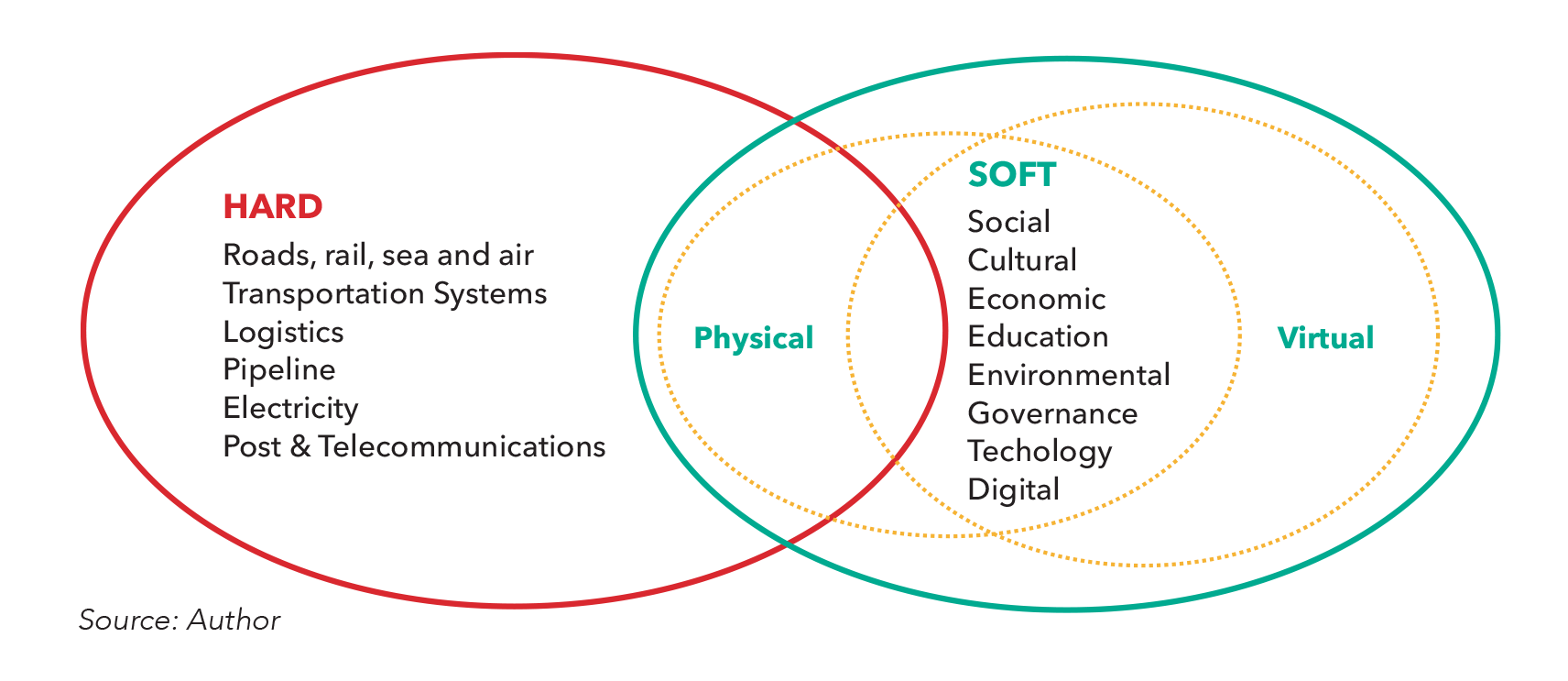Cities Alliance is pleased to announce a new major publication, Connecting Systems of Secondary Cities by Professor Brian Roberts.
The publication provides a continuing narrative to Professor Roberts’ 2014 work Managing Systems of Secondary Cities, which provided much-needed data on the changing trends of secondary cities and the role they can play in regional and national development.
Connecting Systems of Secondary Cities further explores the issues that strain equitable economic growth in cities, especially the role of soft and hard infrastructure to improve intercity connectivity.
Many cities and countries tend to focus on separate development of infrastructure, competitiveness, and enabling environments of cities, while ignoring the potential of collaboration and investing in hard and soft infrastructure to promote connectivity, specialisation, and the spread of value-added supply chains.
As a result, secondary cities still face numerous challenges, including creating jobs, attracting investment for needed infrastructure, and diversifying or revitalising their economies.
Connecting Systems of Secondary Cities delves into the underlying need for connectivity and collaboration to foster equitable growth. It argues that governments should support the development of systems of secondary cities through a systems-based thinking approach, rather than a structured, hierarchical approach.
The book includes a series of case studies that illustrate how investments in hard and soft infrastructure and regional connectivity can foster equitable economic growth. Examples of case studies include China, the Danube region, New Zealand, and Rwanda. It also offers a Connectivity Index analysis tool to help local governments assess the connectivity status of their cities.
Figure 1: Overlapping investments in hard and soft infrastructure






